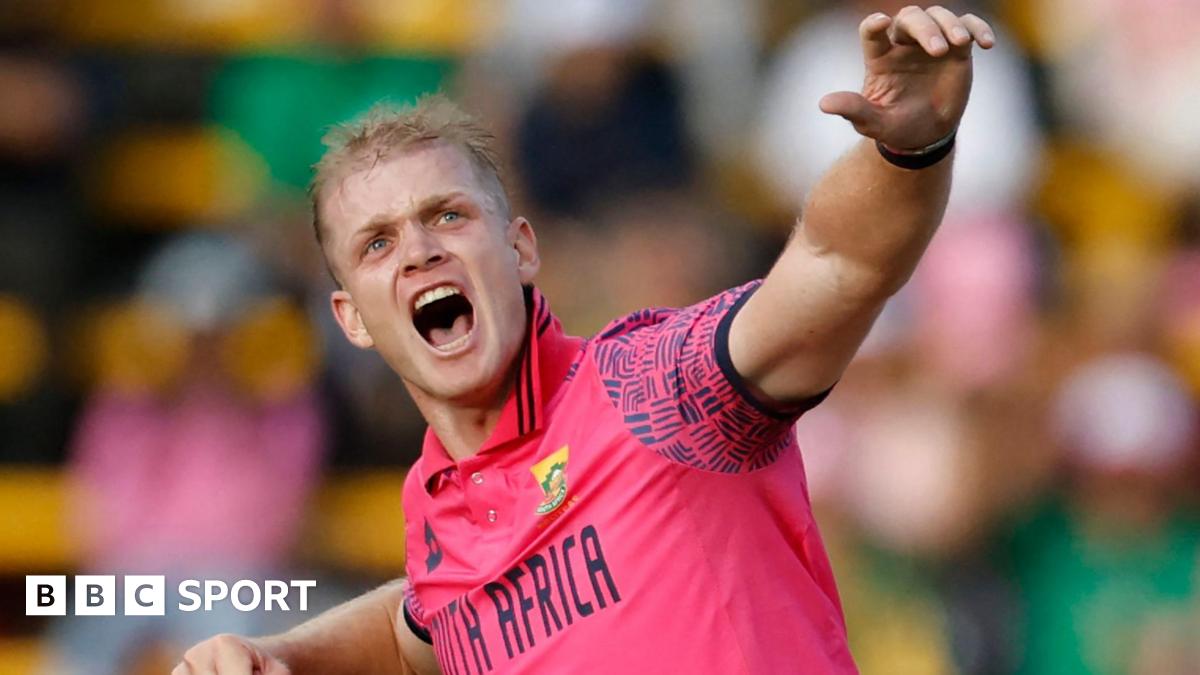Gautam Gambhir’s ramrod-straight take on India’s high-risk cricket under his guidance: ‘Why do we need to hold…’

Head coach Gautam Gambhir opened up on India’s approach as his coaching tenure has started on an impressive note, with the Test and T20I teams playing an aggressive brand of cricket. Under Gambhir’s guidance, India have decided to play high-risk cricket to get the result in their favour at any cost. Gambhir has given the players the freedom to express themselves on the field, which was also the case in Kanpur against Bangladesh, where India forced a result in their favour despite two and a half days of play being washed out. India started attacking from the first ball itself and went on to score the fastest 50,100, 150, 200 and 250 in Test cricket while batting in the first innings.
Ahead of the three-match Test series against New Zealand, Gambhir has made it very clear that India will continue to play high-risk cricket.
“Why do we need to hold on to people? If they can play the natural game, if they can get 400-500 runs in a day, why not? We will play it that way — high risk, high reward, high risk, high failure,” Gambhir told reporters ahead of the New Zealand Tests that starts on Wednesday.
“There will be days when we’ll get bundled out for 100 and we’ll take it up then. But we’ll continue to back our players to go out there and play high risk cricket. That’s how we want to keep the game going forward and get the results in whatever situation we are in,” he added.
However, Gambhir quickly dispelled the notion of playing the game with blinkers, saying “adaptability” will also remain important for his side.
“I had said in Chennai that we want to be a team that can make 400 runs in a day and bat for two days to draw. That’s called growth.
“That’s called adaptability and that’s called Test cricket. If you play the same way, then it’s not growth,” he explained.
‘Draw is the second or third option’: Gambhir
Gambhir further asserted that Team India has players who can bat for two days to save the match, but a draw won’t be their first option, and if there’s a chance of winning a match, then they will give it a shot.
“We have a lot of individuals in the dressing room who can bat for two days. So, ultimately, the first motive is to win the match. If we’re in a situation where we have to play for a draw, then that’s the second or the third option.
“We don’t want to play any other type of cricket. We want people to go out there and play the natural game,” he detailed.
Related
‘Listen from one ear, ignore from the other’: Former India…
India's Rohit Sharma and Mohammed Shami (AP Photo) NEW DELHI: Former wicketkeeper-batter Syed Kirmani has expressed his opinion that experienced fast bowler Mo
India faces New Zealand in budding rivalry at Champions Trophy…
State AlabamaAlaskaArizonaArkansasCa
ICC and Unilever announce landmark partnership on International Women’s Day…
The two-year partnership, kicking off at this year’s Women’s Cricket World Cup in India and running until the end of 2027, marks the world cricket governing
IPL 2025: Mumbai Indians sign Corbin Bosch as replacement for…
Mumbai Indians have signed South Africa all-rounder Corbin Bosch as a replacement for his injured countryman Lizaad Williams for this year's Indian Premier Leag











